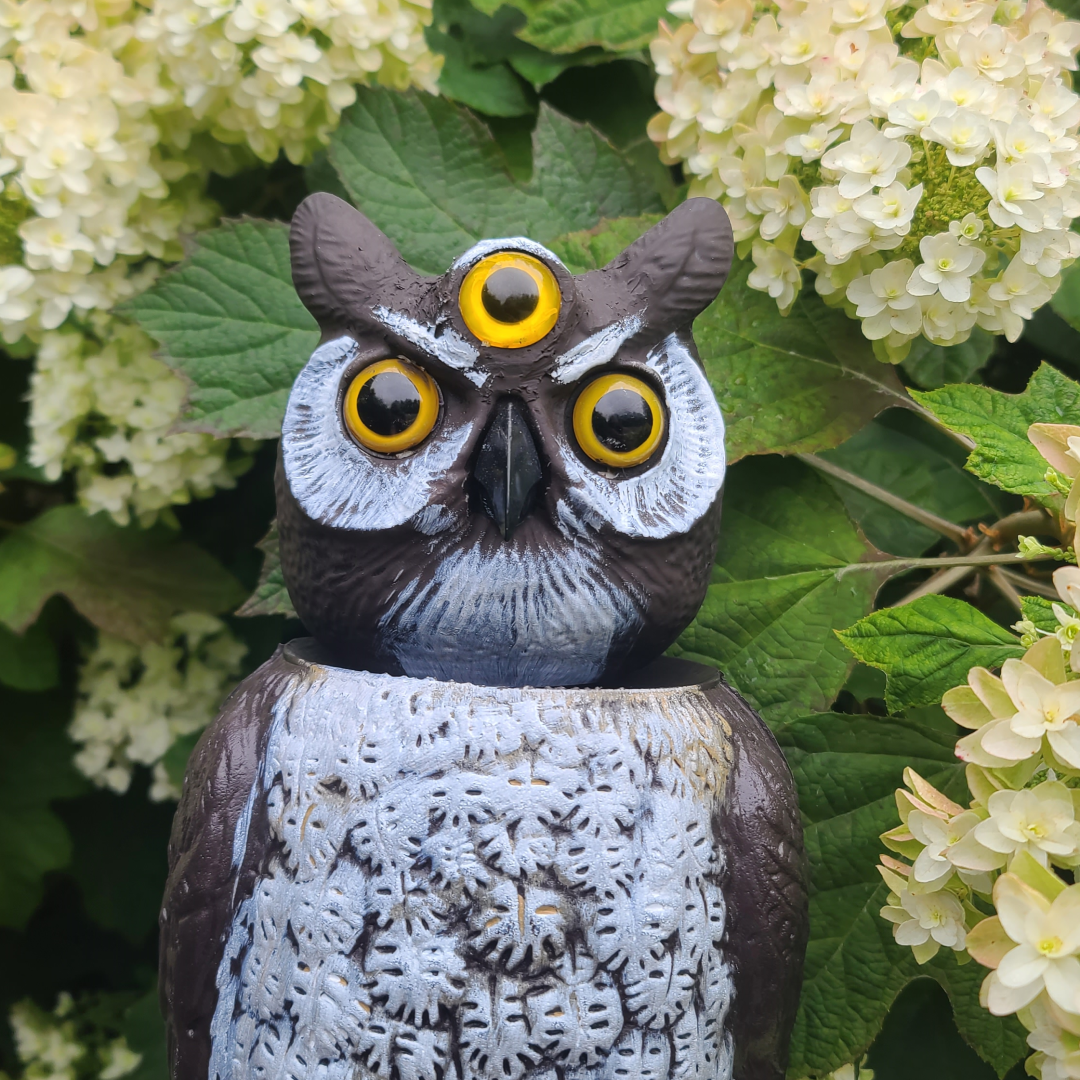The question of whether a 3-foot-tall owl actually exists is a compelling one, immediately conjuring images of an avian behemoth dominating the night sky. While the notion might seem fantastical, exploring the nuances of owl sizes and the existence of exceptionally large species provides a fascinating glimpse into the world of these nocturnal predators. Let us delve into the reality behind owl dimensions and examine the largest species that grace our planet.
Owl Size: A Spectrum of Dimensions
Owls exhibit a remarkable range of sizes, spanning from the diminutive Elf Owl, barely larger than a sparrow, to species with imposing statures. The size of an owl is influenced by several factors, including species, habitat, and prey availability. Generally, larger owls tend to inhabit regions with abundant prey, allowing them to sustain their greater energy requirements.
The Eurasian Eagle-Owl: A Contender for the Title
When discussing exceptionally large owls, the Eurasian Eagle-Owl (Bubo bubo) invariably enters the conversation. This magnificent bird boasts a wingspan that can exceed 6 feet and a height that approaches 30 inches. While it doesn’t quite reach the 3-foot mark, its sheer bulk and imposing presence make it a formidable predator. These owls are apex predators in their respective ecosystems, preying on a variety of animals, ranging from rodents and birds to larger mammals like foxes and hares. Their size is a key adaptation that enables them to tackle such diverse prey.
Great Grey Owl: A Master of Disguise
The Great Grey Owl (Strix nebulosa) is another contender in the large owl category. While its body length can approach 33 inches, much of this is deceptive, thanks to its voluminous plumage. The feathers create the illusion of a much larger bird than it actually is. Great Grey Owls are masters of camouflage, blending seamlessly into their forested habitats. Their keen hearing allows them to detect prey hidden beneath the snow, which they then capture with incredible accuracy.
Other Notable Large Owls
Several other owl species command respect with their substantial size. The Blakiston’s Fish Owl (Bubo blakistoni) is a specialized hunter of aquatic prey, found in the riparian forests of Eastern Asia. Its size and powerful talons allow it to snatch fish from the water with ease. Similarly, the Barred Owl (Strix varia), common in North American forests, is a large and adaptable predator, preying on a variety of small mammals and birds.
The Myth of the 3-Foot Owl: Exaggeration or Misidentification?
So, does a true 3-foot-tall owl exist? While no extant species definitively reaches this mark, the possibility of misidentification or exaggerated accounts cannot be dismissed. Observers unfamiliar with owl species might overestimate their size, particularly in low-light conditions. Furthermore, the perspective of a perched owl can be misleading, making it appear taller than it actually is. Anecdotal evidence, though not scientifically verifiable, often fuels the notion of exceptionally large individuals. Such stories, passed down through generations, contribute to the mystique surrounding owls.
The Role of Size in Owl Ecology
The size of an owl plays a crucial role in its ecological niche. Larger owls typically occupy higher trophic levels, preying on larger and more diverse prey. Their size also allows them to compete with other predators and defend their territories. Smaller owls, on the other hand, often specialize in hunting smaller prey, such as insects and rodents, and may be more vulnerable to predation by larger animals.
Conservation Implications
Large owl species, like the Eurasian Eagle-Owl and Blakiston’s Fish Owl, often face significant conservation challenges. Habitat loss, persecution, and accidental poisoning can all threaten their populations. Protecting these magnificent birds requires a multi-faceted approach, including habitat conservation, mitigation of human-wildlife conflict, and public education. Understanding the ecological roles of these apex predators is crucial for ensuring the health and stability of their respective ecosystems.
Conclusion: Separating Fact from Fiction
While the image of a 3-foot-tall owl may remain in the realm of folklore, the reality of owl sizes is no less captivating. Several owl species approach this size, showcasing the remarkable diversity and adaptability of these avian predators. The Eurasian Eagle-Owl and Great Grey Owl, with their imposing presence and specialized hunting strategies, exemplify the power and beauty of nature. By understanding the ecological roles and conservation challenges faced by these magnificent birds, we can contribute to their preservation for generations to come. The key takeaway is that while no owl definitively hits the 3-foot mark, the existing species are impressive enough and deserve our admiration and protection.
